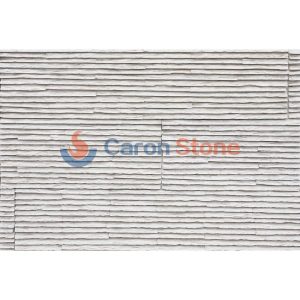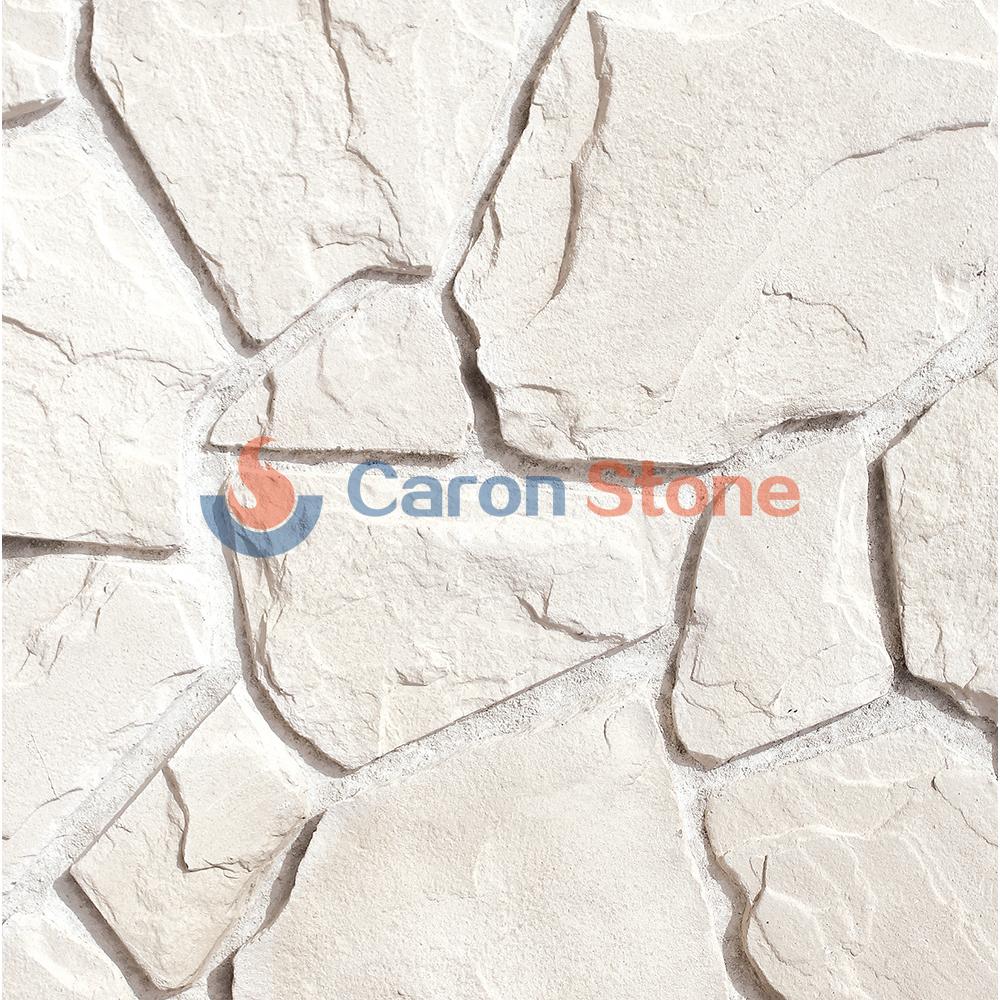In modern society, environmental protection and sustainable development have become the focus of people’s attention. An essential determinant of the surroundings is building materials, which are hence highly appreciated. As an innovative decorative choice, artificial stone materials are not only favored for their unique aesthetic characteristics and excellent functionality, but also for their advantages in environmental protection and eco-friendliness. From several angles, this paper will investigate the environmental protection qualities and eco-friendliness of synthetic stone materials, therefore exposing how they could inspire architectural design and simultaneously help the environment.

GB-A21 artificial culture ledgestone wall cladding veneer
Environmental advantages of artificial stone materials
Artificial stone materials are created building decorating products. Simulating the look and feel of natural stone offers a beautiful and useful substitute. Its environmental preservation qualities mostly show in the following elements:
1. Resource conservation
Particularly in the mining process, which frequently calls for a lot of land and water resources, traditional natural stone mining has severely taxed natural resources. On the other hand, the manufacturing of fake stone materials makes use of a range of recycled materials and industrial byproducts such waste glass, slag, etc., This recycling of resources not only reduces dependence on natural mineral resources, but also reduces the damage to the environment during the mining process.
Some artificial stone companies, for instance, have spared the mining of raw materials by processing glass waste into the main raw material of stone, therefore lowering the environmental impact of glass waste. Apart from fulfilling environmental protection needs, this technique of resource saving advances the circular economy development.
2. Low carbon emissions
Many sophisticated process technologies can efficiently limit carbon emissions in the manufacturing of synthetic stone products. For example, by optimizing the production process and improving energy efficiency, manufacturers can improve production efficiency while reducing carbon emissions. In addition, some artificial stone materials use low-carbon emission adhesives and environmentally friendly coatings to further reduce the impact on the environment.
The manufacturing of artificial stone usually generates less greenhouse gases than the mining and processing of natural stone materials. Artificial stone materials have made good contributions to the environmental protection cause of the building sector and have fared well in terms of total carbon footprint thanks to environmentally friendly material selection and production process optimization.
3. Reduce waste
In the production process of artificial stone materials, the factory will precisely control and process the raw materials, reducing the waste generated during the production process. Artificial stone products will likewise generate less residual materials and waste during installation and use at the same time. Artificial stone waste treatment is more environmentally friendly and efficient than conventional stone materials, so lessening the load on the surroundings.
In addition, artificial stone materials can make full use of raw materials through cutting and splicing during the construction process, reducing the generation of waste. This effective approach of resource use not only lowers manufacturing expenses but also lessens environmental impact.
4. Long life and low maintenance
Under many climatic situations, artificial stone materials can preserve long-term beauty and usefulness; they also have great wear and pollution resistance. This long-life quality implies that buildings and decorations made of artificial stone materials need less care and repair, therefore lowering the environmental load and resource consumption.
For example, the surface of artificial stone materials usually has strong anti-fouling ability, and only simple cleaning is required to maintain a good appearance. This low-maintenance feature reduces the use of chemical cleaners and maintenance materials, further reducing the impact on the environment.
Useful application of environmental friendliness
In the useful application of fake stone materials, their eco-friendly properties and environmental protection have been much evident. The following are many such application situations:
1. Green building projects
Artificial stone materials are extensively used in many green building projects because of their environmental preservation qualities. For instance, a sizable business complex chosen premium artificial stone materials for the facade decorating to lower the carbon emissions and energy consumption of the construction. Choosing artificial stone materials that satisfy environmental criteria helps the designer not only enhance the building’s look but also satisfy green building certification criteria.
2. Public art installations
In the application of artificial stone materials, public art installations are also an important area. Artificial stone’s variety and inventiveness are used by designers to produce environmentally friendly public art pieces. For instance, the park scene of a certain city features fake stone wall decorations and sculptures. By choosing eco-friendly materials, these works not only enhance the urban surroundings but also show respect for the natural one.
3. Educational and cultural places
Artificial stone materials’ environmental qualities are also rather well used in cultural and educational venues. For example, the library and learning center of a certain university used artificial stone cultural walls in the decoration, which not only improved the visual effect of the space, but also met the standards of environmentally friendly design. Using this eco-friendly material not only makes the classroom pleasant for teachers and kids but also shows a dedication to sustainable growth.

GB-W01 Artificial cultured white color wall cladding waterfall stone tile
In general, artificial stone materials demonstrate their eco-friendliness in the fields of construction and decoration with their environmentally friendly characteristics such as resource conservation, low carbon emissions, waste reduction and long life. These qualities not only support the sustainable growth of the building sector but also give great help for the actual use of artificial stone materials. As people pay more and more attention to environmental protection and eco-friendliness, artificial stone materials will undoubtedly become an indispensable part of future architectural design. By means of in-depth analysis of the environmental protection qualities and eco-friendliness of artificial stone materials, we can not only grasp their application potential in modern architecture but also better appreciate the crucial function of environmentally friendly materials in safeguarding the planet. I hope that the analysis in this article can provide you with valuable reference and help you make more environmentally conscious choices in future projects.





